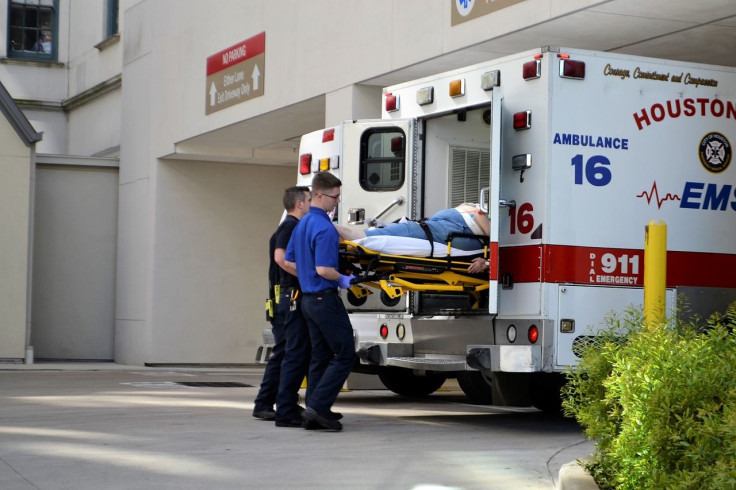3 Heart Attack Symptoms You Might Never Have Been Aware Of In The Past

A heart attack occurs when there is an obstruction in the coronary artery of the patient. This blockage causes some sections of their heart muscle to be deprived of oxygen and blood. According to the British Heart Foundation, immediate medical assistance to get the blood flowing again to the affected section can save the life of the patient. This is why gaining knowledge on the other warning symptoms of heart attack is very important.
One of the most common symptoms is chest pain. Other less common signs, however, are vital to saving the patient’s life. What are these?
A person suffering from a heart attack may feel discomfort in the chest area that lingers. The patient may feel a squeezing pressure on the chest, which does not go away.
The patient may also feel the chest pain spreading to the right or left arm. The pain may also spread to the back or stomach, also to the jaw and neck.
Those experiencing heart attacks may also suddenly feel sick and have bouts of cold sweat. They may also feel light-headed and encounter shortness of breathing.
The health organization clarified that pain levels might vary from one person to the other. Some patients may experience severe tightness or pain in their chests. The other will only experience uncomfortable feelings or slight pain in their chest and stomach area, which is sometimes similar to indigestion symptoms. There are even instances where patients are unaware they are already suffering from a heart attack.
In most cases, heart attacks can be prevented. You just need to make some necessary lifestyle changes to lower the risk of such attacks from ever occurring.
Eating a healthy and balanced diet can help avoid the risk of a heart attack. Avoid foods with high levels of saturated fats as they can cause bad cholesterol in the blood to also increase. This is the kind of cholesterol that blocks the arteries, a situation that leads to a heart attack.
Examples of foods that have high levels of saturated fats include fatty meat cuts and sausages, lard, meat pies, butter, hard cheese, cakes and biscuits, and foods containing coconut or palm oil.
Consuming foods that are rich in good cholesterol, on the other hand, can help remove bad LDL from the bloodstream. This will lessen the risk of suffering from a heart attack. Examples of these foods are avocados, oily fish, nuts and seeds, and olive oil.
© Copyright IBTimes 2025. All rights reserved.





















